Welcome to BAOYUE PEARL, we supply all shapes freshwater pearl with wholesale price, contact us to get a free Quote:
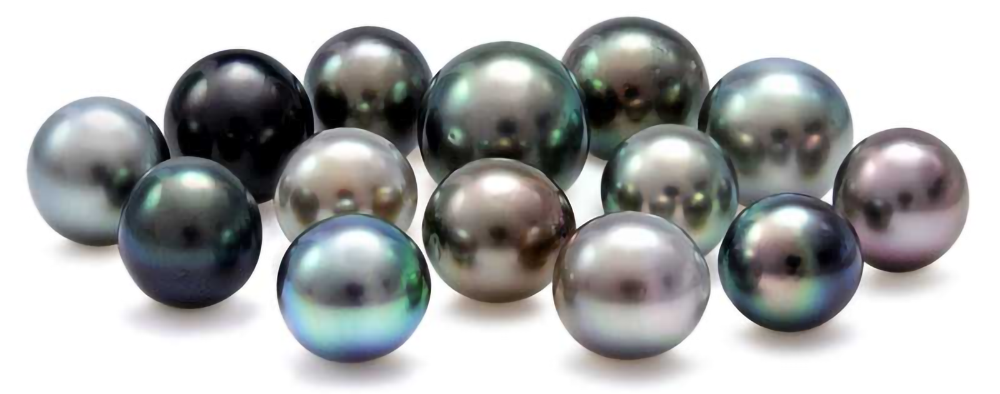
Freshwater Pearls vs. Saltwater Pearls: What Is the Difference?
There are many ways to classify pearls, but did you know that where a pearl is grown can make a big difference with respect to its quality and price? Let’s see how saltwater pearls differ from the ones grown in fresh water.
What Are Freshwater and Saltwater Pearls?
Freshwater pearls are grown in mussels living in rivers and lakes. These days, most pearls formed in freshwater come from China.
Saltwater pearls, on the other hand, are created by oysters in oceans and originate from places such as Thailand, Australia, Indonesia and Tahiti, among others.
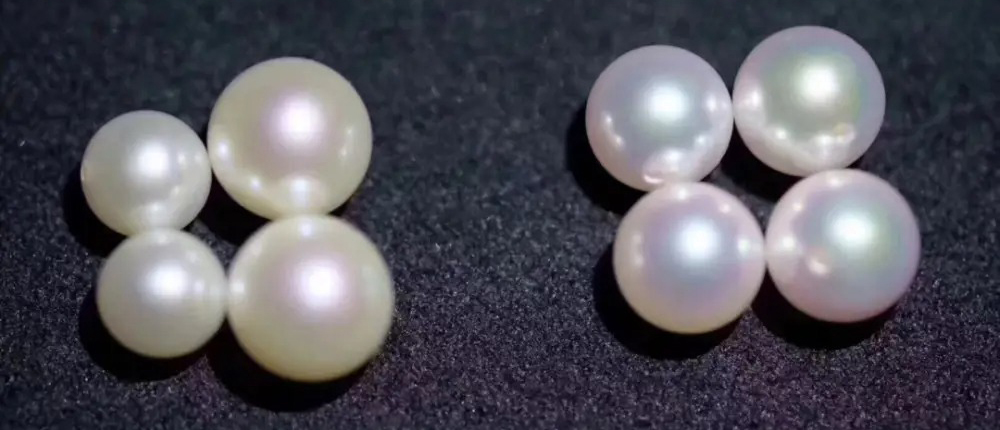
Akoya pearls, which are grown in Japan as well as China and Vietnam, are among the most popular and high-quality varieties of saltwater pearls, prized for their superior luster and nearly ideal round shape.
How Are Freshwater and Saltwater Pearls Created?
Most pearls( 99% ), whether saltwater or freshwater, are cultivated, not natural.
This means that a small piece of mollusk tissue or a bead was placed into the mollusk, which covered it with nacre – the material pearls are actually made of.
Pearls created this way are also called “cultured pearls.”
Generally, the longer the growing period for a given pearl, the better the formed nacre is in terms of quality. However, pearls that are cultivated for a longer time are also more expensive.
Contrary to what many people think, most saltwater pearls are not natural but cultured.
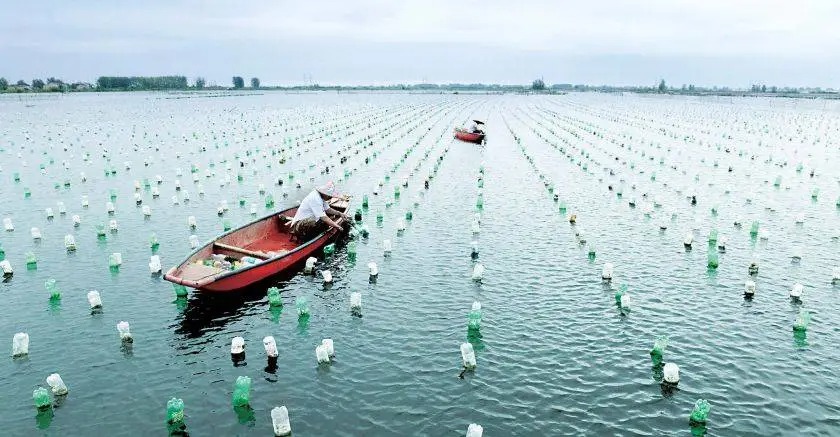
Naturally occurring pearls are very rare, and that’s why they are unaffordable for most people. The same goes for freshwater pearls – they are also predominantly cultured.
How Freshwater and Saltwater Pearls Differ ?
Luster
Because freshwater pearls’ nacre is thicker and differs in composition from that of saltwater pearls, freshwater pearls are less lustrous and not as glossy.
However, in recent years, there have been improvements in farming techniques and now there are freshwater pearls whose luster is comparable to that of saltwater ones.
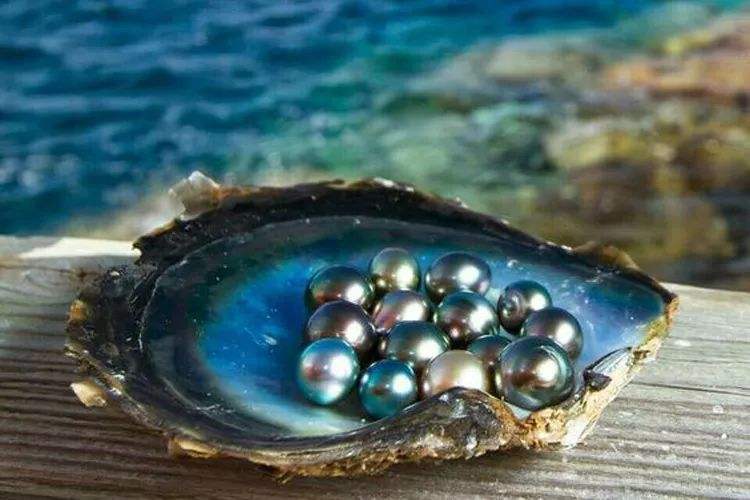
Nacre
Saltwater pearls have a thinner nacre coating, ranging from 0.5mm to 6mm.
Freshwater pearls, on the other hand, are made almost entirely of nacre.
The reason for this difference is that the core piece (the one around which the nacre forms) inserted in freshwater pearls is a lot smaller than that put in saltwater ones.
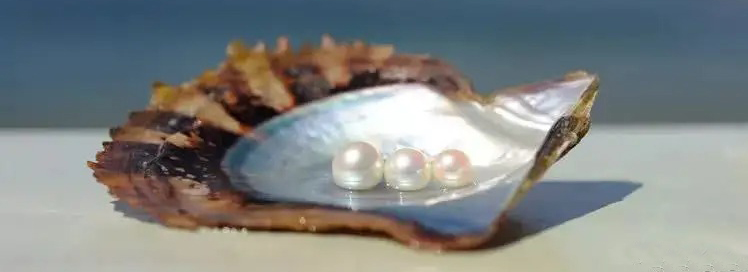
Shape and Color
Freshwater pearls come in a greater variety of shapes (round, oval, etc.) and colors.
Saltwater pearls are usually only round, which is the shape that is most in demand.
Size
Freshwater pearls used to be cultivated over shorter periods (less than 2 years) and as a result, they were smaller in size and had an inferior shape and nacre coating.
In recent years, however, many producers started to grow freshwater pearls for a longer time (three to six years), and the resulting pearls are bigger (8-15mm) and are of quality comparable to that of good saltwater pearls.
Price
Freshwater pearls are cheaper for several reasons.
First, freshwater mussels are larger and can thus produce more pearls at a time than can saltwater oysters. As a result, freshwater pearls are more abundant.
It is also worth noting that unlike freshwater pearls, saltwater ones are mostly round and have better luster – characteristics that are more sought after and therefore command higher prices.
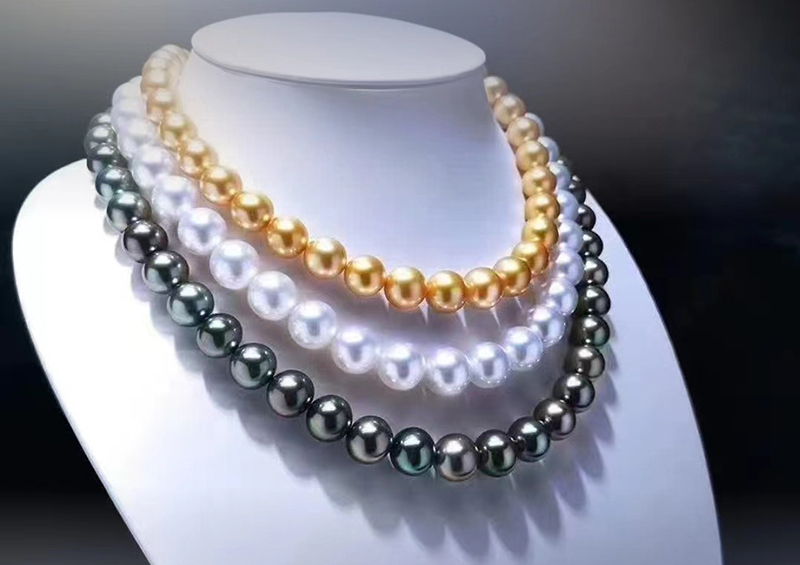
Shopping: Freshwater vs. Saltwater Pearls
Since the nacre layer of freshwater pearls is thicker, they are more durable than saltwater ones, which are more vulnerable to wear and also more prone to chipping.
Saltwater pearls, on the other hand, are more lustrous and have a rounder shape.
As you can see, when choosing between these two pearl varieties, you need to weigh appearance against durability and decide what trade-off you are more comfortable with.
Finally, if you can find freshwater pearls that have been cultivated using modern methods, you will find that these pearls often match the luster and shape of their saltwater counterparts, but at a more reasonable price.
The Modern Pearl Market
Today, nearly 99% of all pearls available are cultured pearls.
Whether Akoya, Tahitian, Freshwater or South Sea varieties, pearl farms have spread all over the world. Modern culturing techniques are so advanced that there has never been so many high quality pearls available to anyone who wants to buy them, with new and astonishingly beautiful pearl varieties and hybrids appearing every few years. At PurePearls.com you’ll find a curated selection of only the finest cultured pearls.
Interested in Learning More About Pearls ? Any other questions ? Visit BAOYUE Pearl Education relevant articles to get the answers.
Get more pearl grading by type?
Click the links below to head directly to each Pearl Grading Guide:

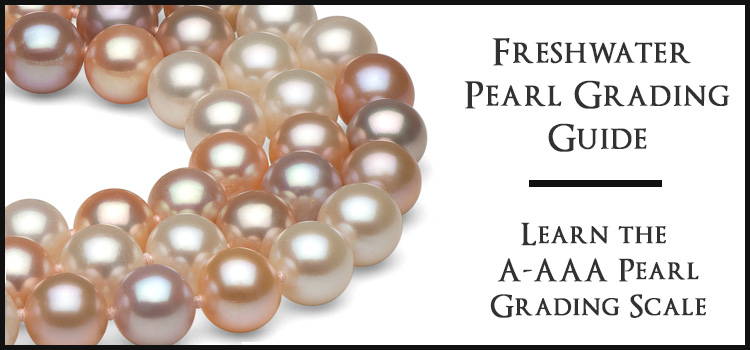
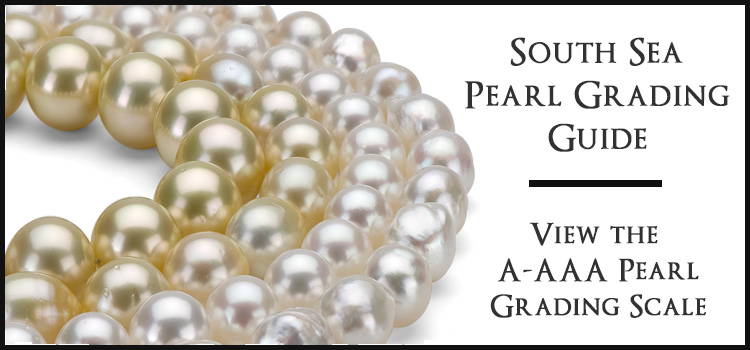
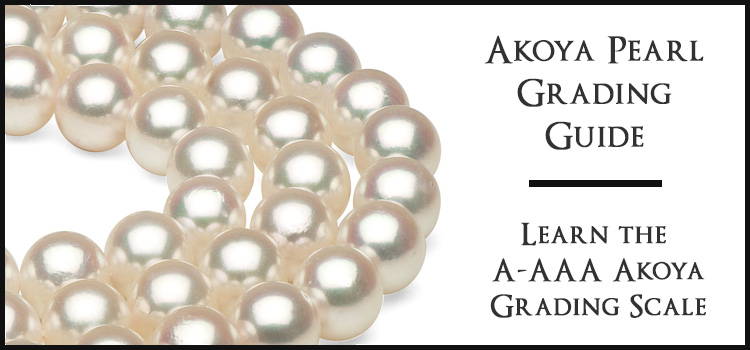
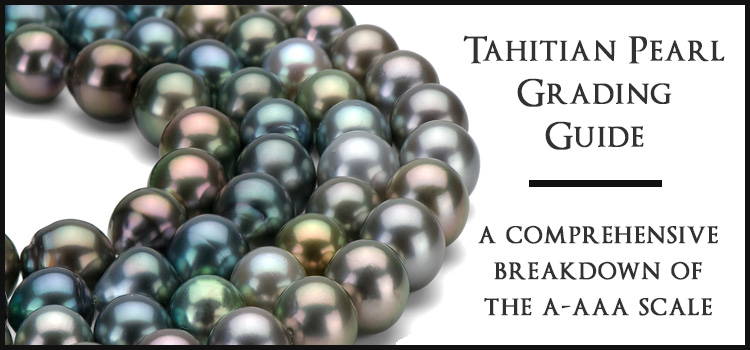
 WhatsApp Code
WhatsApp Code